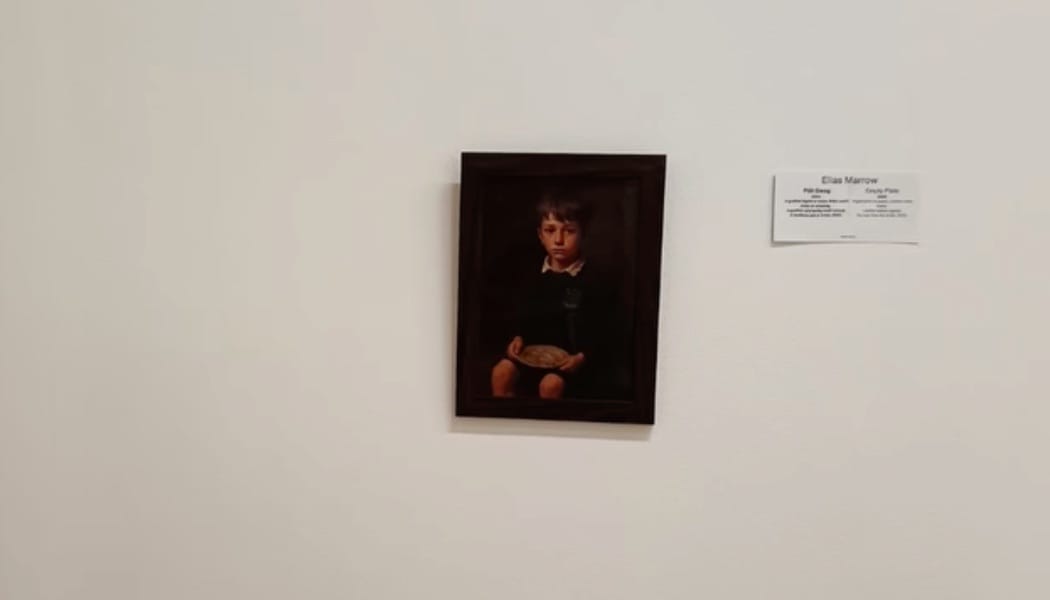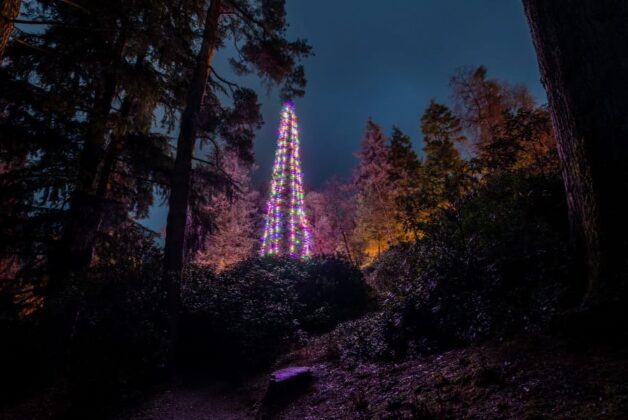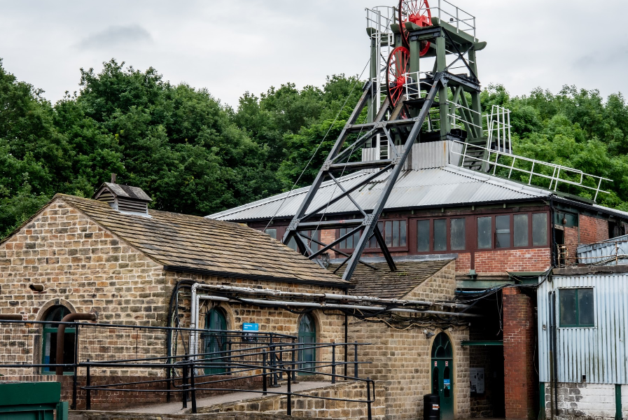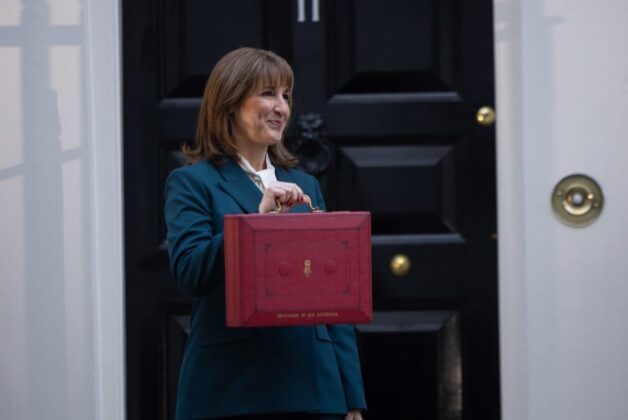Alistair Hardaker
A screenshot from the artist's Instagram page (Instagram / elias_marrow)
Practice echoes Banksy’s 2003-2005 series which saw works added to Tate Britain, Louvre, and British Museum.
At least three museums across the UK have had their collections increase in recent months.
Artist Elias Marrow has been placing his art into the likes of Bristol Museum, Tate Modern, and National Museum Cardiff, before documenting the process art on his website.
Little is explained about the works on the site but for photos of the work in situ and the date they were surreptitiously added.
Marrow’s most recent addition saw an AI-generated depiction of a young boy in school uniform holding a plate, hung on the walls of National Museum Cardiff on October 29th. The art was hung on the wall, complete with a fake museum label.
The piece, Marrow writes, “represents Wales in 2025”. National Museum Cardiff told Advisor the piece has since been identified and removed, but did not comment further.
On July 9th, 2025, Marrow placed an unlabelled object inside Tate Modern’s Turbine Hall, a piece he calls ‘UNIT #6: LOAD-BEARING IRONY’, which he writes “was not approved, sanctioned, or acknowledged”.
On July 5th, 2025, ‘UNIT #13: ATMOSPHERIC RETURN’ was added to Bristol Museum, seemingly a museum label including a QR code.
View this post on Instagram
The Unit numbers suggest that more of these objects could have been placed and are yet to be found.
Marrow did not immediately respond to questions from Advisor.
‘Hang-and-run’ art
The addition of unsanctioned ‘hang-and-run’ work to museums is not unique to Marrow. Between 2003-2005 Banky’s ‘Banksy Museum Pranks’ series saw the artist add their own works to the walls of Tate Britain, the Louvre, the Natural History Museum and the British Museum.
Peckham Rock, one of Banky’s pieces, was a lump of concrete decorated in the style of a cave painting. It was added to the walls of the British Museum, without the knowledge of the museum staff, and reportedly sat unnoticed for several days.
After it was removed from the British Museum’s walls, it was re-exhibited in 2005 at the Outside Institute in London, listed as on loan from Banksy and the British Museum.





